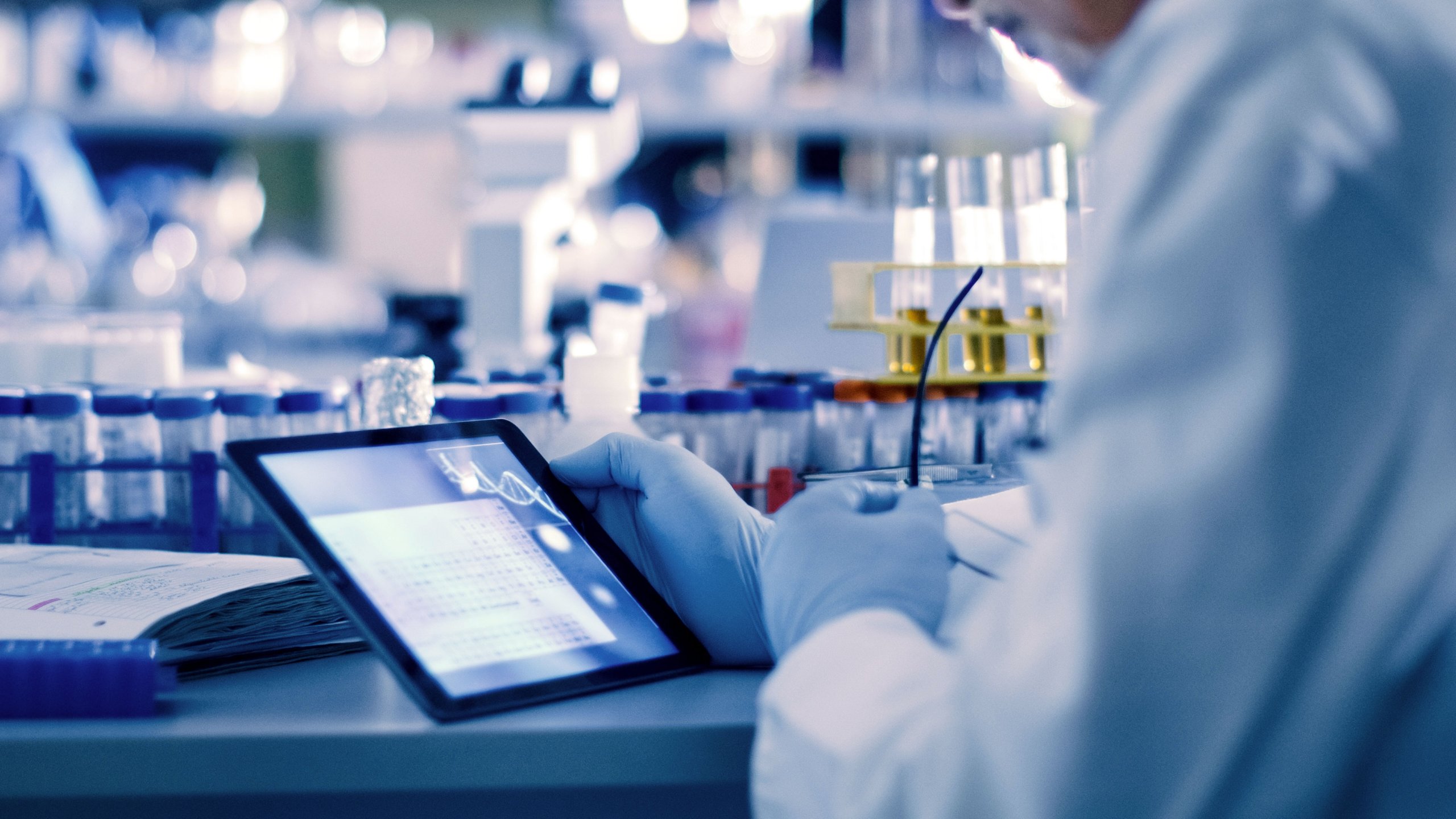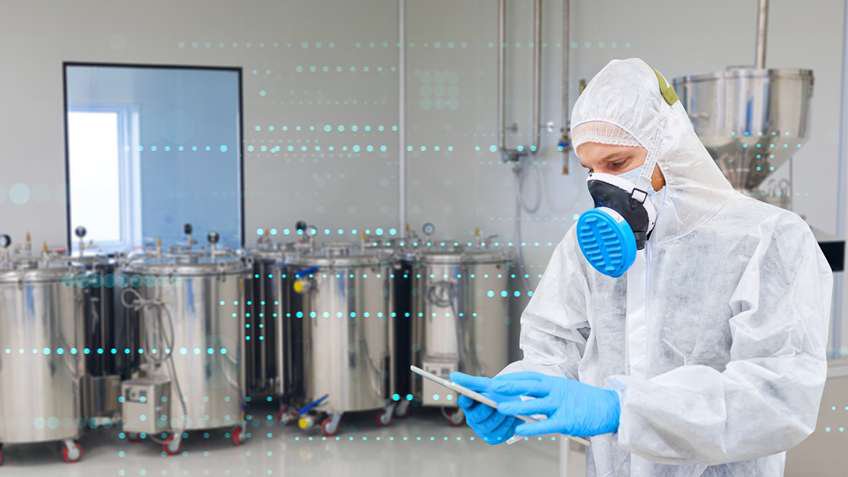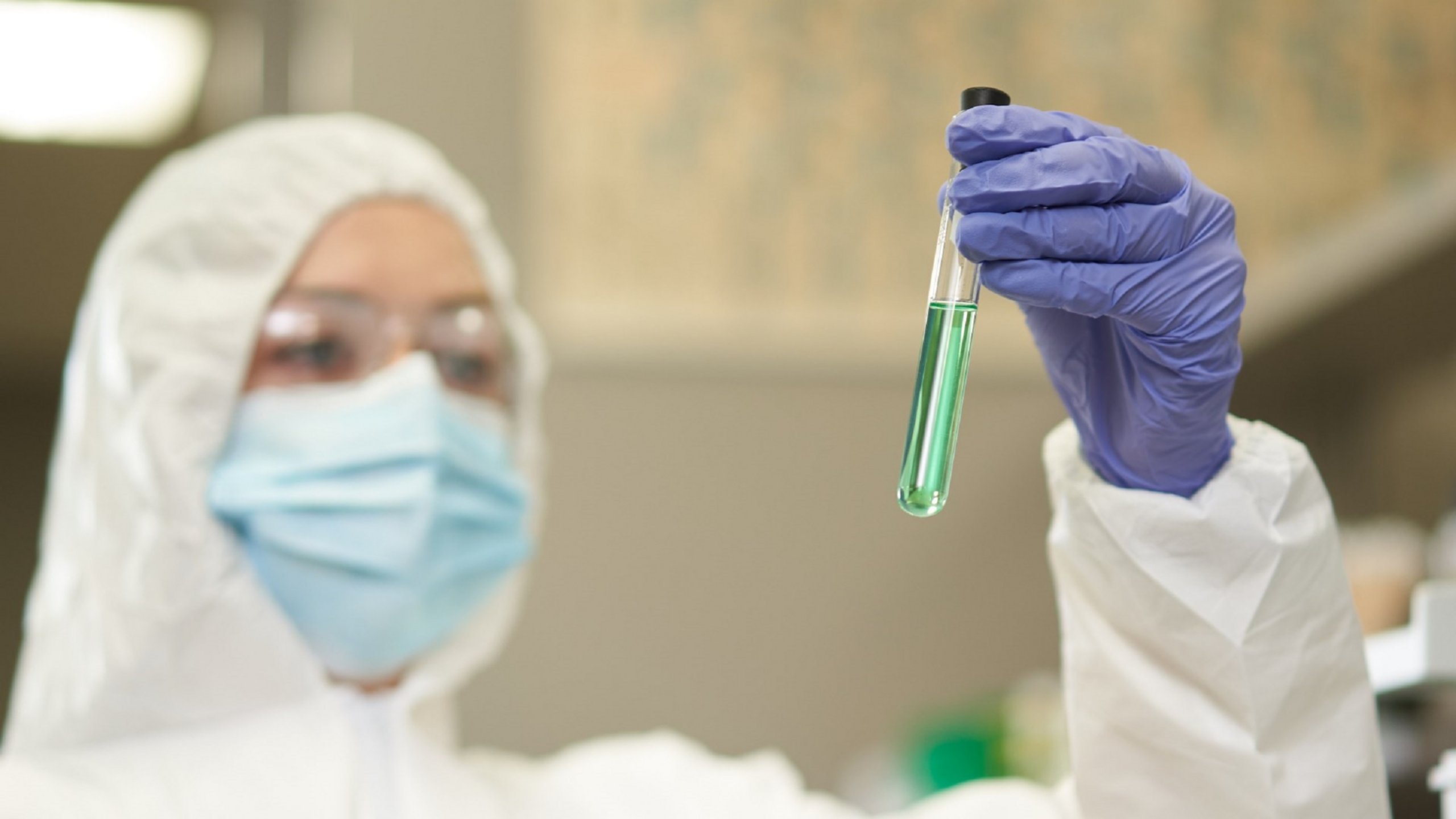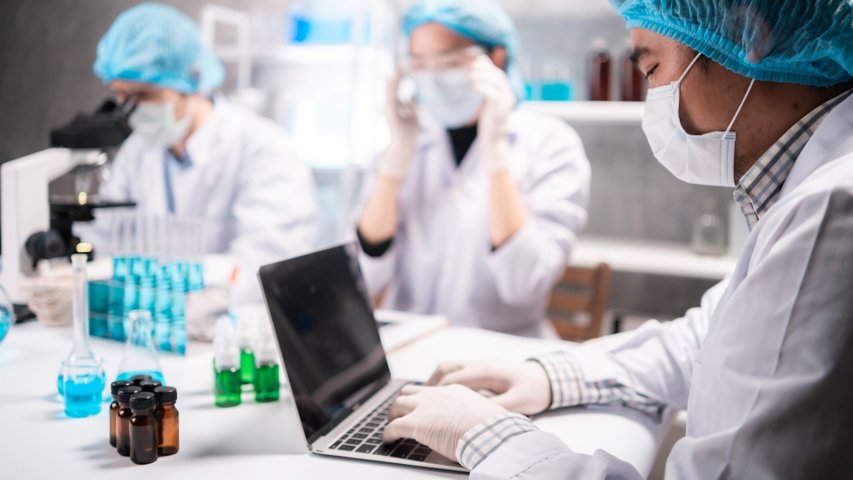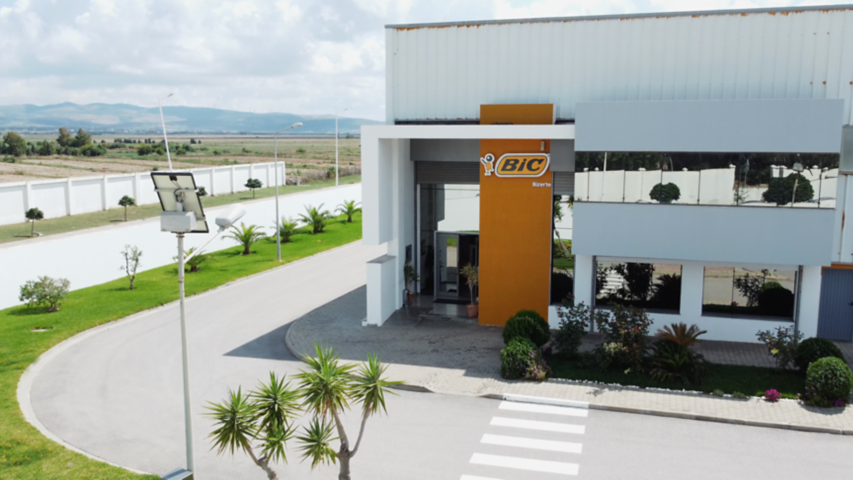Amongst growing economic uncertainties, Asia Pacific is making great strides towards becoming a global biotech hub. On one hand there is the integration of technological adaptations, constant innovations, and promising research and development (R&D) spending. On the other hand, an influx of private funding and growing government grants in the region is helping biotech companies to adapt to technological advancements.
Industry 4.0 and smart manufacturing are continuing to redefine the global industrial landscape. Automation has emerged as one of the most influential forces in this dynamic interplay between tradition and digital transformation, fortifying regional ecosystems by facilitating the adoption of cutting-edge technologies, based on specific market requirements.
This new paradigm, Bioprocessing 4.0-4.2, is revolutionizing the biotech ecosystem by combining all the cutting-edge technologies to drive efficiency, compliance, and productivity.
Recognizing the time-consuming and expensive nature of drug discovery, more biotech companies are turning to technologies such as AI to expedite the identification of promising new drugs, as well as take advantage of its ubiquity across applications in pathology and diagnostic imaging. Pfizer, for example, has implemented AI and machine learning in various aspects of its operations, including supply chain management, manufacturing, and clinical trials, resulting in significant efficiency improvements and informed decision-making.
Following the pandemic, the next industrial revolution will adopt a more human-centric approach and pay closer attention to sustainability and resilience. Our collaboration with the Advanced Regenerative Manufacturing Institute (ARMI) aims to create an ecosystem that enables customers to adopt these emerging trends in life sciences. This partnership aligns with our vision for a future of technology that focuses on the path from ‘Automation to Autonomy’, and the development of skills for future industrial workers.
To learn more about how we are helping to propel Asia Pacific’s biotech ecosystems toward greater growth and success, visit our biotech manufacturing page.

